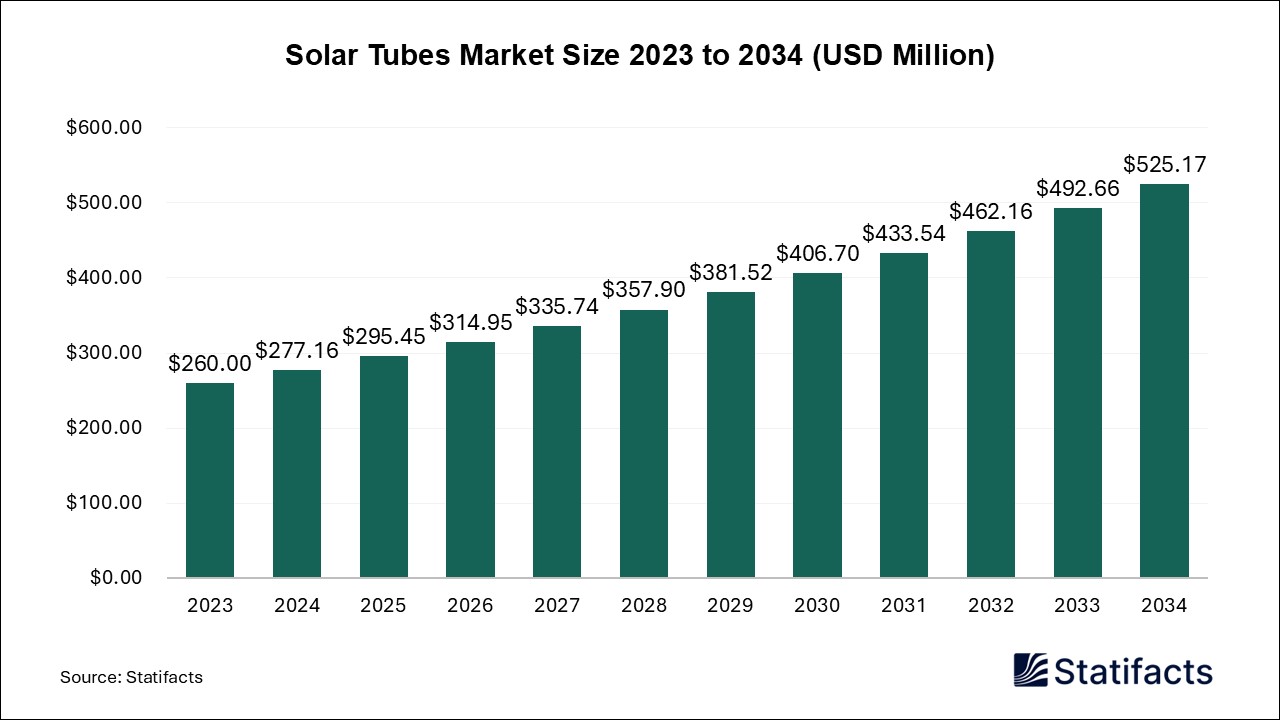
By clicking “Accept All Cookies” you agree to the storing of cookies on your device to enhance site navigation, analyze site usage, and assist in our marketing efforts.
Privacy PolicyThe global exosomes market size was estimated at USD 179 million in 2024 and is projected to be worth around USD 2,249.11 million by 2034, growing at a CAGR of 28.8% from 2025 to 2034.
| Industry Worth | Details |
| Market Size in 2025 | USD 230.55 Million |
| Market Size by 2034 | USD 2249.11 Million |
| Market Growth Rate from 2025 to 2034 | CAGR of 28.8% |
The exosomes market talks about exosomes, also called extracellular vesicles (EVs), which are bounded in the outer membrane and play a crucial role in cell-to-cell communication. These vesicles are emitted by different cell types that streamline intercellular communication through the transportation of proteins and nucleic acids to other cells. The important applications of exosomes include biomarkers, exosome therapy, drug delivery systems, and cancer vaccines.
Research and development in the field of exosomes has been receiving larger investments, particularly for finding new cancer biomarkers. The reason behind this is the increasing prevalence of cancer cases globally. As per the International Agency for Research on Cancer, a predictable number of new cancer diagnoses is 20 million, which was seen across the world in 2024.
The advent of AI has brought revolution to the exosome market. Using tools like the Predictive Clinical Exosome Tool (PERCEPTION) to merge exosomal RNA data to estimate immunotherapy responses, which is assisting the development of personalized treatment. The doctors are supported by AI in making real-time and informed decisions.
“Exosomes have emerged as a sort of panacea for almost everything.”
“Exosomes are extracellular vesicles which are tiny bubbles released from stem cells. They act as building blocks, repair mechanisms and messengers, carrying genetic information and proteins to cells to perform different functions”
The exosomes market is subject to momentous growth as North America maintains its dominant position as a region in the market. As for Europe, the region is going to grow swiftly in the coming years. In the APAC region, countries like China, Japan, and India are steering the market growth.
North America
North America dominated the global exosomes market in 2024. There are some key factors responsible for this growth, like increasing amount of government funding for identification of new biomarkers and rise in the prolonged medical conditions such as cancer.
Europe
Europe is anticipated to grow at the fastest rate in the forecast period, considering the market. This progress can be attributed to amplifying public-private collaborations amidst the region.
China and APAC
The Asia Pacific (APAC) region is going to witness tremendous growth in the exosomes market in the coming years. Countries like China and Japan are increasingly investing in the healthcare sector, particularly in the research and development of exosome-based analyses. The business collaborations, along with government support, are magnifying the market's capability.
The exosomes market is progressively more competitive, with major companies like Thermo Fisher Scientific, Malvern Panalytical Ltd., Norgen Biotek Corp., Cell Guidance Systems Ltd., QIAGEN, and Bio-Techne taking the lead while holding the largest market share.
The market is dominated by several pharmaceutical firms celebrated for their noteworthy contributions to exosome-related treatment and diagnoses. Based on current data, the eminent three companies are:
The total revenue for the year 2024 was $42,879,000 for Thermo Fisher Scientific.
The gross profit for QIAGEN tallied to $967,350.
The total revenue of the company Bio-Techne elevated from 931,032 in 2021 to 1,159,060 in 2024.
By Product & Service
Published by Kesiya Chacko
| Subsegment | 2024 | 2025 | 2026 | 2027 | 2028 | 2029 | 2030 | 2031 | 2032 | 2033 | 2034 |
|---|---|---|---|---|---|---|---|---|---|---|---|
| Kits & Reagents | - | - | - | - | - | - | - | - | - | - | - |
| Instruments | - | - | - | - | - | - | - | - | - | - | - |
| Services | - | - | - | - | - | - | - | - | - | - | - |
| Subsegment | 2024 | 2025 | 2026 | 2027 | 2028 | 2029 | 2030 | 2031 | 2032 | 2033 | 2034 |
|---|---|---|---|---|---|---|---|---|---|---|---|
| Isolation Methods | - | - | - | - | - | - | - | - | - | - | - |
| Downstream Analysis | - | - | - | - | - | - | - | - | - | - | - |
| Subsegment | 2024 | 2025 | 2026 | 2027 | 2028 | 2029 | 2030 | 2031 | 2032 | 2033 | 2034 |
|---|---|---|---|---|---|---|---|---|---|---|---|
| Cancer | - | - | - | - | - | - | - | - | - | - | - |
| Neurodegenerative diseases | - | - | - | - | - | - | - | - | - | - | - |
| Cardiovascular diseases | - | - | - | - | - | - | - | - | - | - | - |
| Infectious diseases | - | - | - | - | - | - | - | - | - | - | - |
| Others | - | - | - | - | - | - | - | - | - | - | - |
| Subsegment | 2024 | 2025 | 2026 | 2027 | 2028 | 2029 | 2030 | 2031 | 2032 | 2033 | 2034 |
|---|---|---|---|---|---|---|---|---|---|---|---|
| Pharmaceutical & biotechnology companies | - | - | - | - | - | - | - | - | - | - | - |
| Hospitals & diagnostics centers | - | - | - | - | - | - | - | - | - | - | - |
| Academic & research institutes | - | - | - | - | - | - | - | - | - | - | - |
To get full access to our Market Insights, you need a Professional Account or a Business Suite.

You will receive an email from our Business Development Manager. Please be sure to check your SPAM/JUNK folder too.

You will receive an email from our Business Development Manager. Please be sure to check your SPAM/JUNK folder too.

Our customers work more efficiently and benefit from


